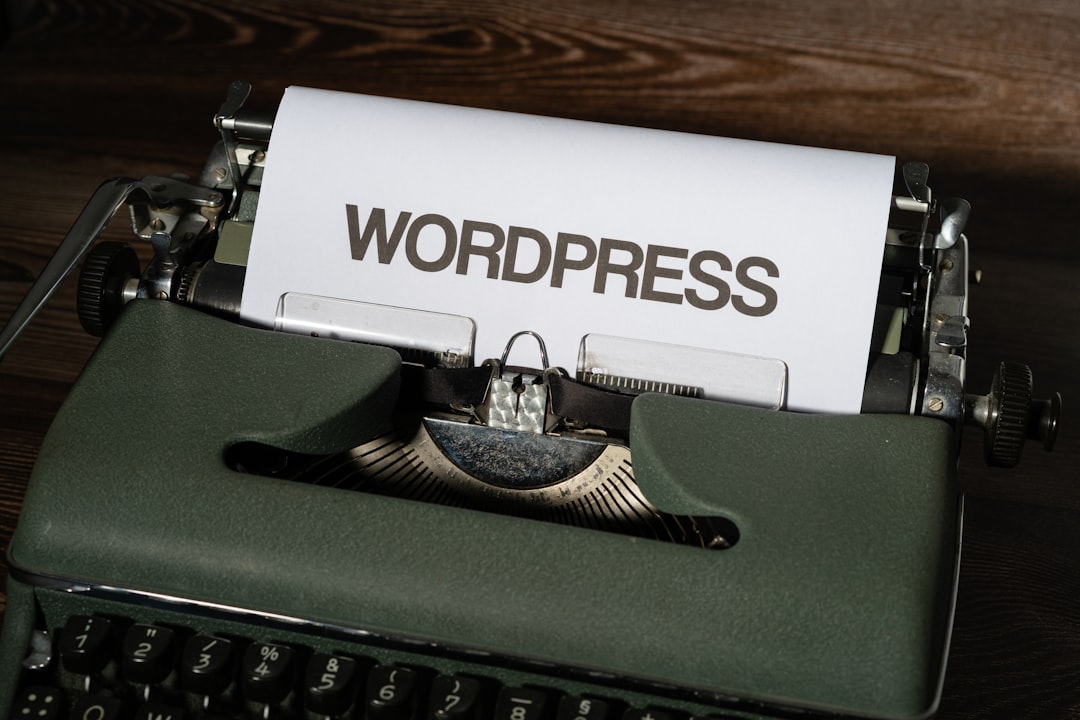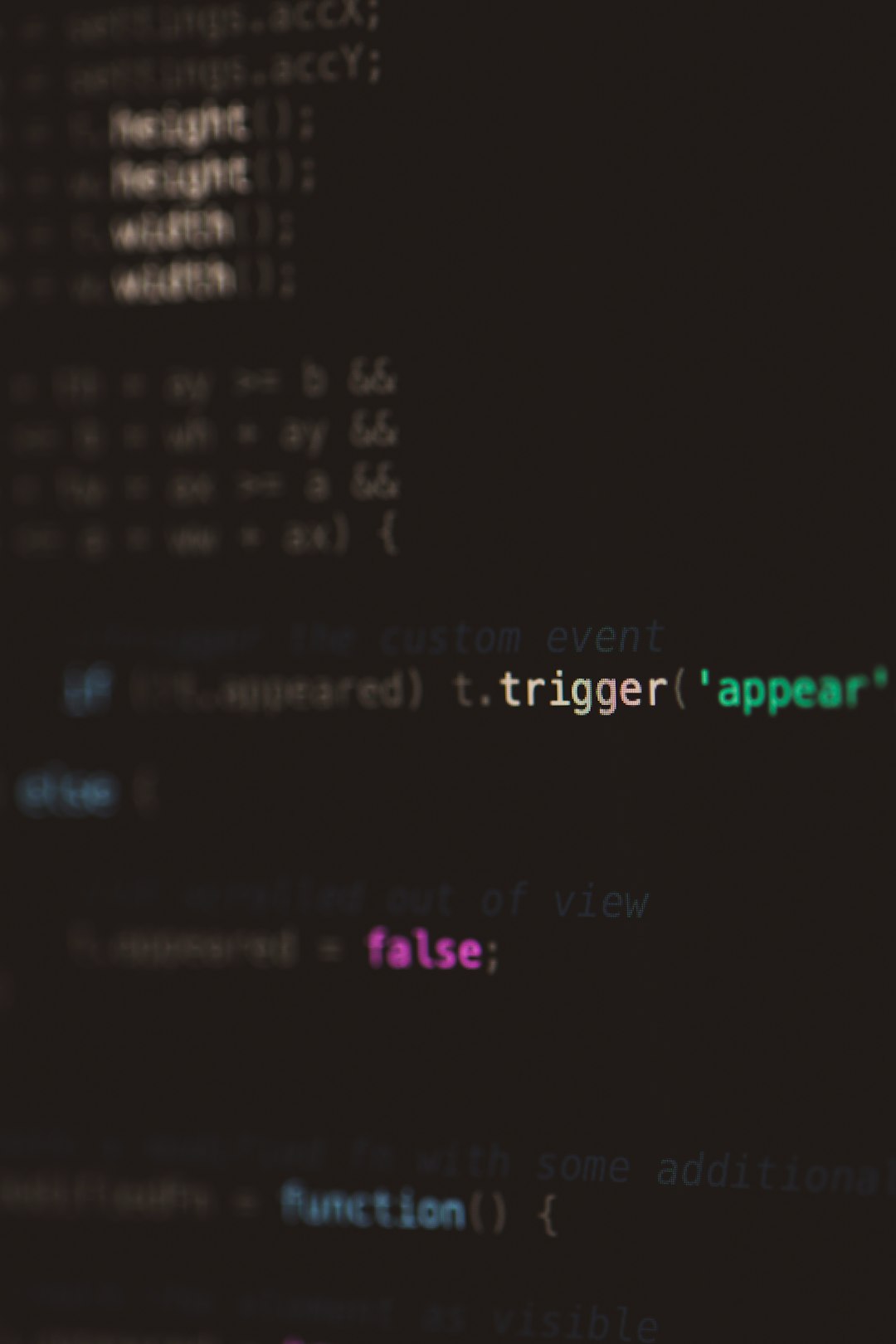Table of Contents
So, you just logged into your WordPress site, fired up WP Crontrol to check scheduled tasks, and noticed something weird. Right there, in bold, it says: Scheduled Hook Has No Callback. Uh-oh. That can’t be good… right?
Take a deep breath. It’s not the end of the world. In fact, it’s a pretty common issue, and you can fix it. Let’s break it down into bite-sized, fun chunks. Whether you’re a WordPress newbie or a seasoned plugin junkie, this guide will help you squash that pesky no-callback issue.
What Is WP Crontrol Anyway?
Let’s start with the basics.
WP Crontrol is a popular WordPress plugin. It lets you see and manage your site’s scheduled tasks—called cron events. Think of cron jobs as alarms that go off to do things like:
- Check for plugin updates
- Publish scheduled posts
- Send email newsletters
But sometimes things go sideways.
What the Heck Is a Callback?
A callback is just a fancy programming term. It means a function that runs when a certain event happens. So when WP Crontrol says:
“Scheduled Hook Has No Callback!”
…it means the alarm clock (the hook) rings, but nobody picks up the phone (there’s no function connected).
This can break stuff. Scheduled tasks won’t run properly. Emails might not send. Posts won’t publish on time. No fun.
Reasons Why a Hook Has No Callback
This usually happens for one of a few reasons:
- You deleted a plugin that was using that hook.
- A theme or plugin was poorly coded.
- You had custom code that got removed or renamed.
- The function was never created in the first place.
Whatever the reason, the fix is usually easy!
How to Find the Broken Hook
Open your WordPress Dashboard. Then:
- Go to the Tools menu
- Click Cron Events
Look for red warnings that say “No Callback.” You’ll also see the name of the hook. For example:
myplugin_daily_cleanupThat’s your mystery hook. Now, let’s investigate!
Fix #1: Reinstall or Reactivate the Plugin
This is the simplest fix. If the hook came from a plugin, and you deleted the plugin… oops.
Try reinstalling that plugin. Then check WP Crontrol again. If the hook now has a callback, congrats—you’re done!

Fix #2: Remove the Useless Hook
If you don’t need that task anymore, just delete it. Here’s how:
- Click the “Delete” link next to the hook with no callback.
- Boom. Gone. No more problems.
Only do this if you’re really sure the hook isn’t needed by anything important. If you’re unsure, try another approach below.
Fix #3: Write Your Own Callback
Feeling a bit nerdy? Good! Let’s write a custom function to attach to the hook.
Let’s say your hook is myplugin_daily_cleanup. You can add a callback like this:
function myplugin_daily_cleanup_callback() {
// Do Something Fancy
error_log('Running daily cleanup task!');
}
add_action('myplugin_daily_cleanup', 'myplugin_daily_cleanup_callback');
Add that code to your theme’s functions.php file (or even better, a custom plugin).
This creates the missing function and links it to the hook.
Fix #4: Delay the Hook Registration
Sometimes the error happens because code runs too early. You can fix it by loading your callback after WordPress is fully ready using:
add_action('init', function() {
add_action('myplugin_daily_cleanup', 'myplugin_daily_cleanup_callback');
});
It’s like telling WordPress, “Hold on, let me get my stuff together before I run that!” 🙂

What If the Hook Keeps Coming Back?
Deleted the hook, but it shows up again? Ruh-roh. You’ve got a ghost.
Just kidding. It’s probably a plugin or theme that keeps rescheduling it.
You have two choices:
- Find out what’s recreating the hook and fix or remove it
- Keep a custom callback to handle the event safely
You can use the plugin/theme editor or FTP access to search for the hook name in code files.
Tips to Keep Cron Events Healthy
Want to avoid this mess in the future? Use these tips:
- Don’t delete plugins without checking their cron jobs
- If you add custom cron tasks, document them!
- Use WP Crontrol to monitor tasks regularly
- Test changes on a staging site before applying to live
Like regular checkups for your website!
Bonus: Creating Your Own Cron Events
You can even add your own scheduled tasks with callbacks.
Step 1: Register a schedule
add_filter('cron_schedules', function($schedules) {
$schedules['every_five_minutes'] = [
'interval' => 300,
'display' => __('Every Five Minutes')
];
return $schedules;
});
Step 2: Schedule your hook
if (!wp_next_scheduled('my_custom_task')) {
wp_schedule_event(time(), 'every_five_minutes', 'my_custom_task');
}
Step 3: Create the callback
add_action('my_custom_task', function() {
error_log('My custom task is running!');
});
Congratulations! You’re now a cron event wizard. 🧙♂️

Wrap-Up: Now You’re a Cron Master
To put it simply:
- No callback = broken task
- Add the function back = problem solved
- Don’t need it? Just delete the hook
Always watch out for sneaky plugins that leave junk behind, and keep your WP Crontrol area clean and shiny.
You’ve learned the tricks, fixed the errors, and now your WordPress site is humming happily along.
Now go brag to your developer friends about your cron-fixing skills. You’ve earned it! 🚀

